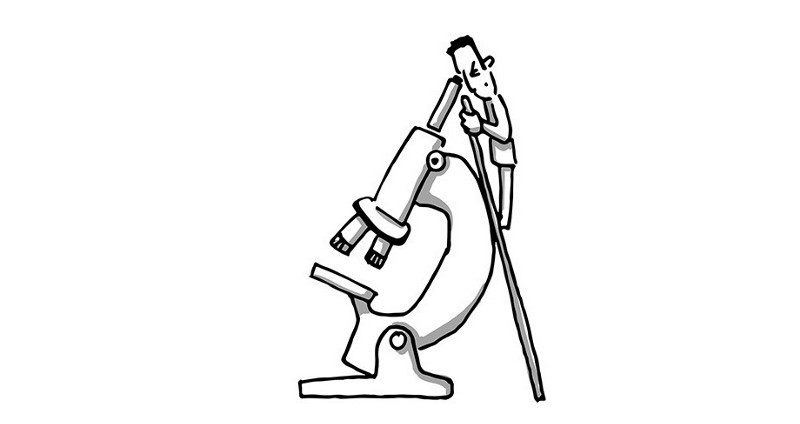
Ever wondered why people have an affinity towards using certain apps vs others even though other apps provide the same functionality? Or, they are more attracted to certain features in the tab because it’s just easier to use? If not, then as a UX/UI designer it’s time for you to find that out, to not only observe customer engagement with the app but to drive that customer interaction in a way to maximize profit. Out of 6 million apps today, only 200 account for 70% usage. To ensure better utilization of apps, data driven UX/UI design is the answer since it can lead to identifying deep connections to user behaviors while designing user experience.
What kind of data are we talking about? Any trace that are left behind from people through any source is the data we should use. By including or excluding certain data points creates a bias. Every data source has its limitation and bias but good data always describes its biases, and always provide context. Combining multiple data sources helps to form a better picture, and in the end, an actionable outcome. We need to go broad, not big in terms of data.
Currently we use a wide variety of business metrics to track user’s behavior over time in terms of click-through rate, no. of unique vs repeated visitors, average revenue per customer etc. These metrics are important to measure the health of our apps, but these only tell us how to market a product or which customer segments to engage with, to gain more profit. These metrics lack information about the motivations, expectations, perceptions or emotions of the customer. But as UX/UI designers we need to understand why it’s happening the way it’s happening to improve design and leverage it to drive customer interactions.
How can we do that?
Using both big and thick data is the key to understanding both the ‘what’ and ‘why’ of user behavior. Getting numbers from all these resources is one thing, but the key to conceptually use it for our design is to provide context to tell the real story. Designing with data has to go beyond automation, and A/B testing. Rather, the goal is to use all the data to develop a better understanding of everyday experience. UX designers need to see data as something that can actively shape and enhance the user experience.
